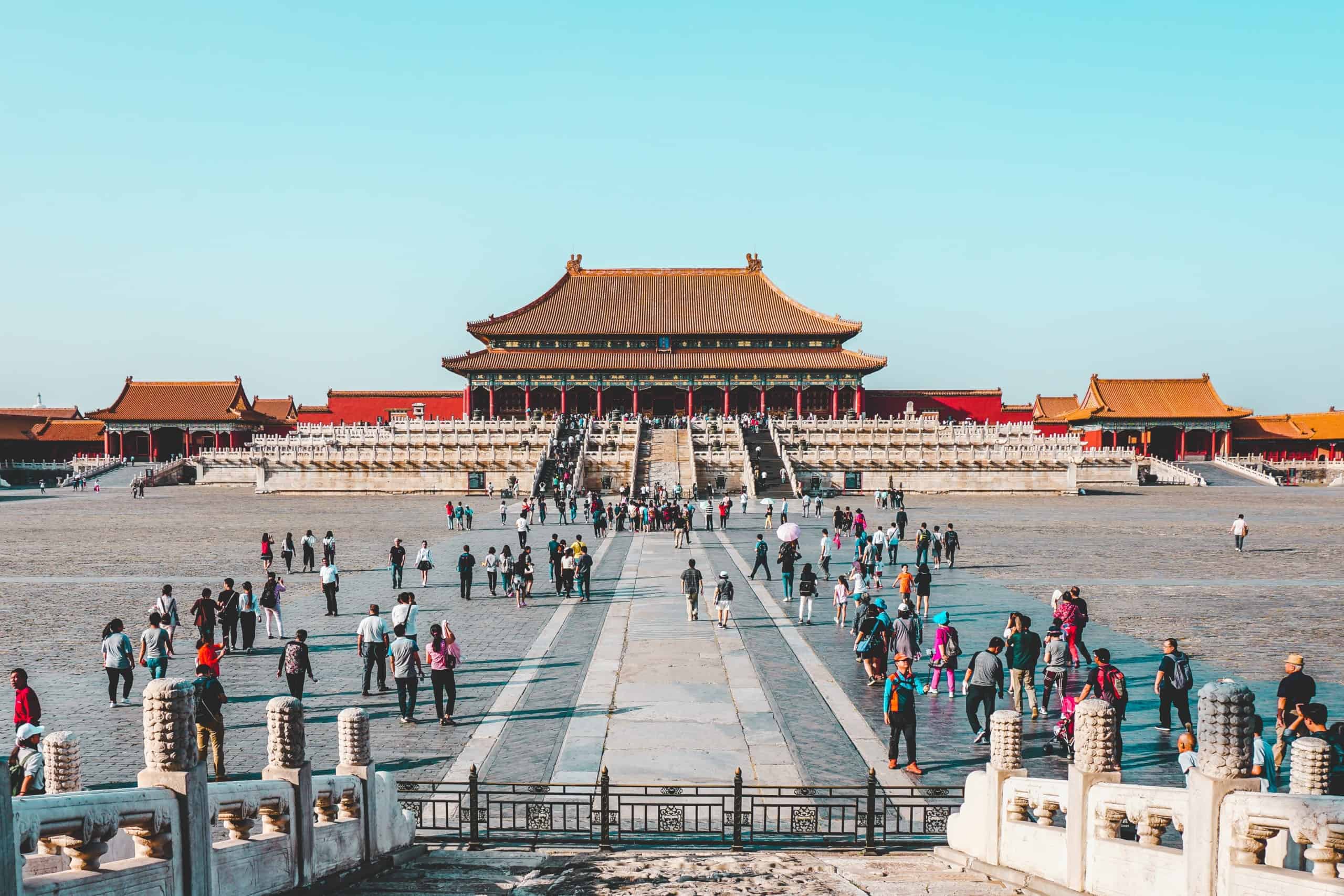Airports in Europe and North America are buckling under the weight of the summer holiday surge. Meanwhile, China’s long-suffering tourism industry continues to struggle to keep the lights on, having never recovered since the start of the pandemic.
Chinese tourists completed 3.2 billion domestic leisure trips last year — a little over half the number in 2019. Figures from the first quarter of this year paint an even more dire picture for the industry.
This week, The Wire look
Subscribe or login to read the rest.
Subscribers get full access to:
- Exclusive longform investigative journalism, Q&As, news and analysis, and data on Chinese business elites and corporations. We publish China scoops you won't find anywhere else.
- A weekly curated reading list on China from Andrew Peaple.
- A daily roundup of China finance, business and economics headlines.
We offer discounts for groups, institutions and students. Go to our
Subscriptions page for details.
Includes images from Depositphotos.com


